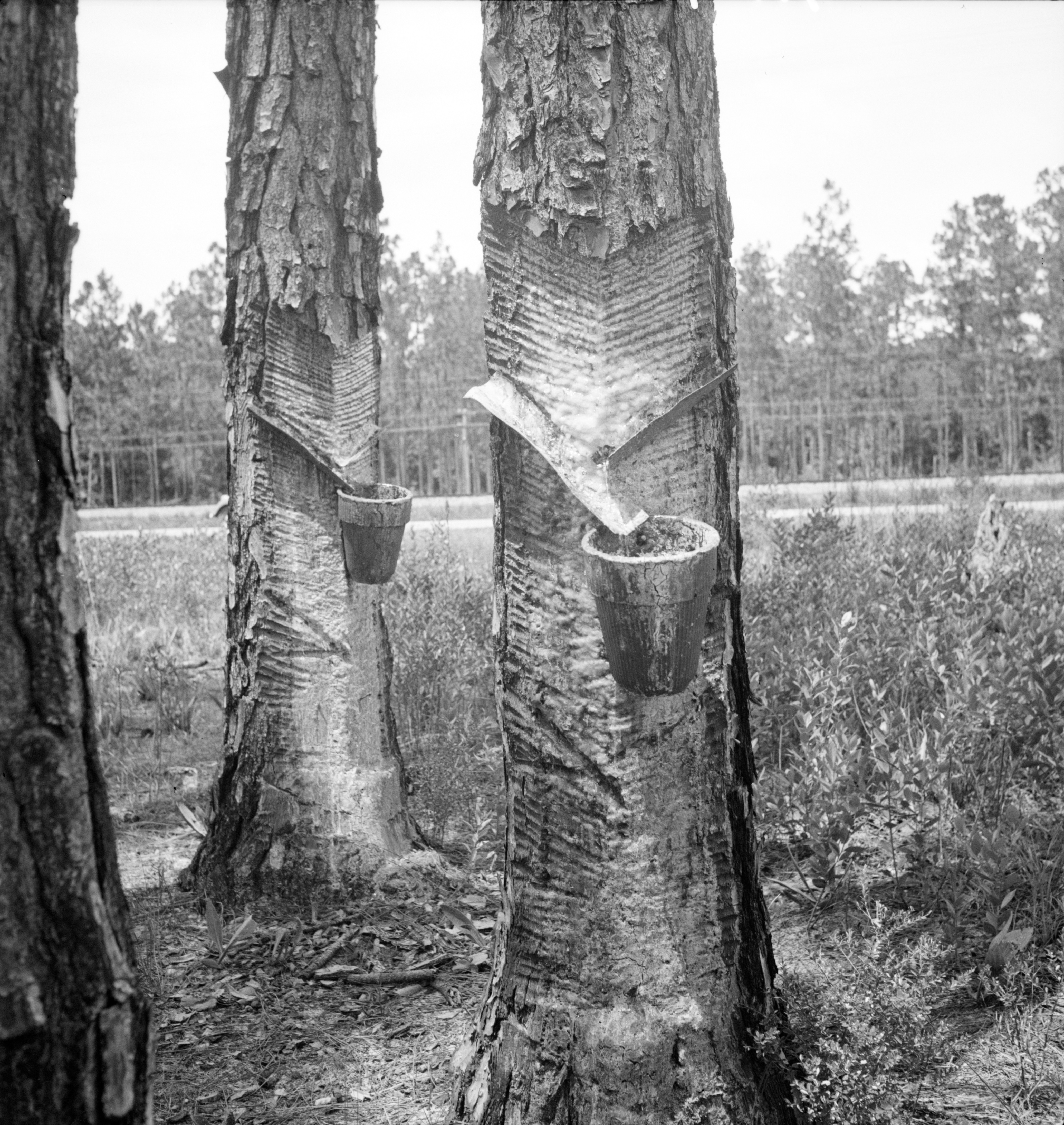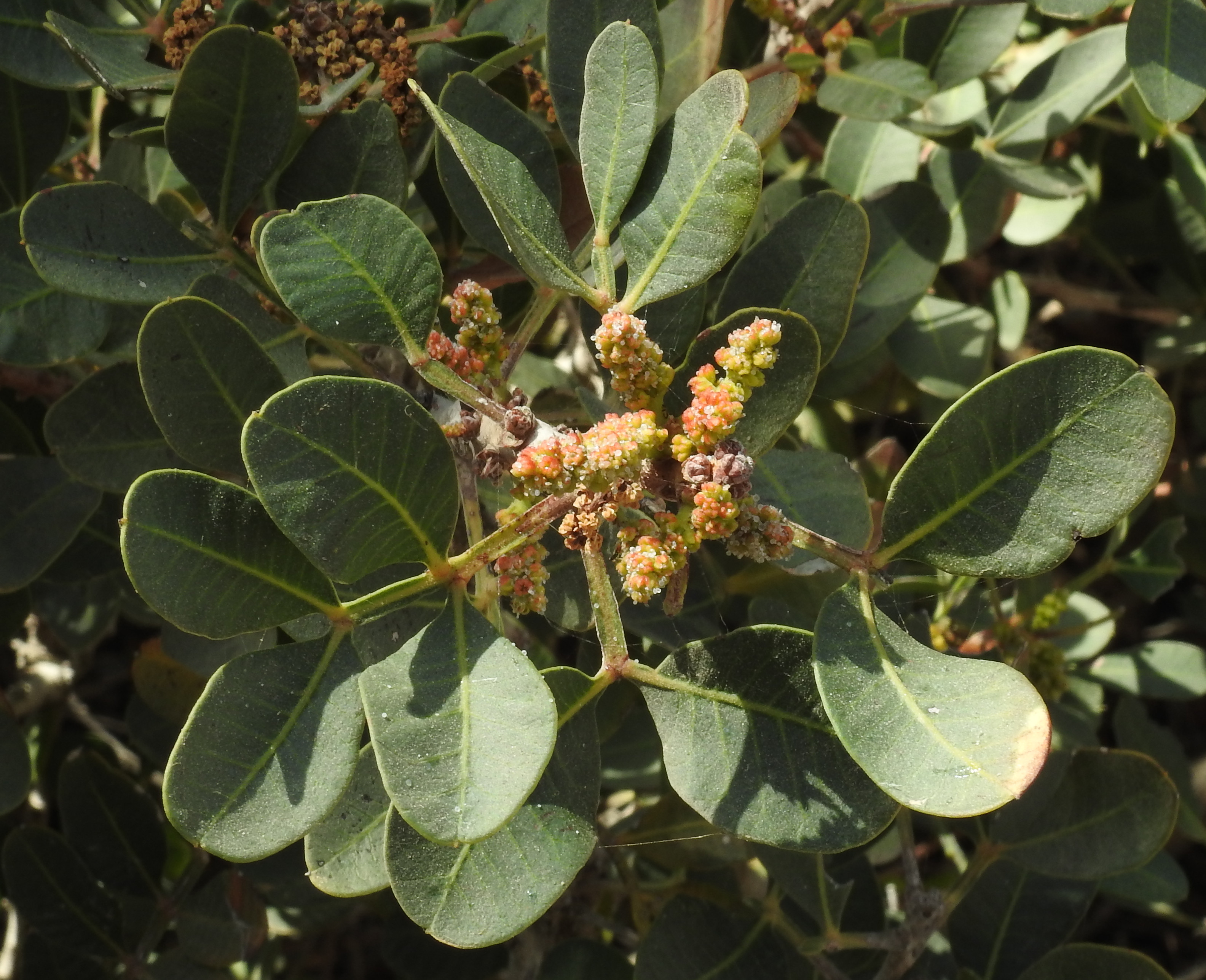|
Turpentine
Turpentine (which is also called spirit of turpentine, oil of turpentine, terebenthine, terebenthene, terebinthine and, colloquially, turps) is a fluid obtainable by the distillation of resin harvested from living trees, mainly pines. Principally used as a specialized solvent, it is also a source of material for Organic synthesis, organic syntheses. Turpentine is composed of terpenes, primarily the monoterpenes alpha-Pinene, alpha- and beta-Pinene, beta-pinene, with lesser amounts of carene, camphene, limonene, and terpinolene.Kent, James A. ''Riegel's Handbook of Industrial Chemistry'' (Eighth Edition) Van Nostrand Reinhold Company (1983) p.569 Nowadays, turpentine is rarely the product of distillation of pine resin, but is a byproduct of pulping. Pulping is achieved by two processes, the Kraft process and the sulfite process. The turpentines obtained from these two processes differ in their chemical compositions. The sulfite process gives a product that is rich in cymene, w ... [...More Info...] [...Related Items...] OR: [Wikipedia] [Google] [Baidu] |
White Spirit
White spirit (AU, UK and Ireland)Primarily in the United Kingdom and Australia. In New Zealand "white spirit" can also refer to Coleman fuel (white gas). or mineral spirits (US, Canada), also known as mineral turpentine (AU/NZ/ZA), turpentine substitute, and petroleum spirits, is a petroleum-derived clear liquid used as a common organic solvent in painting. There are also terms for specific kinds of white spirit, including Stoddard solvent and solvent naphtha (petroleum). White spirit is often used as a paint thinner, or as a component thereof, though paint thinner is a broader category of solvent. Odorless mineral spirits (OMS) have been refined to remove the more toxic Aromaticity, aromatic compounds, and are recommended for applications such as oil painting. A mixture of Aliphatic compound, aliphatic, open-chain or alicyclic C7 to C12 hydrocarbons, white spirit is insoluble in water and is used as an Liquid–liquid extraction, extraction solvent, as a cleaning solvent, as a d ... [...More Info...] [...Related Items...] OR: [Wikipedia] [Google] [Baidu] |
Cyprus Turpentine
''Pistacia terebinthus'' also called the terebinth and the turpentine tree, is a deciduous shrub species of the genus '' Pistacia'', native to the Mediterranean region from the western regions of Morocco and Portugal to Greece and western and southeastern Turkey. At one time terebinths growing on the eastern shores of the Mediterranean Sea (in Syria, Lebanon and Israel) were regarded as a separate species, ''Pistacia palaestina'', but these are now considered to be a synonym of ''P. terebinthus''. Description The terebinth is a deciduous flowering plant belonging to the cashew family, Anacardiaceae; a small tree or large shrub, it grows to tall. The leaves are compound, long, odd pinnate with five to eleven opposite glossy oval leaflets, the leaflets long and broad. The flowers are reddish-purple, appearing with the new leaves in early spring. The fruit consists of small, globular drupes long, red to black when ripe. All parts of the plant have a strong resinous sme ... [...More Info...] [...Related Items...] OR: [Wikipedia] [Google] [Baidu] |
Kraft Process
The kraft process (also known as kraft pulping or sulfate process) is a process for conversion of wood into wood pulp, which consists of almost pure cellulose fibres, the main component of paper. The kraft process involves treatment of wood chips with a hot mixture of water, sodium hydroxide (NaOH), and sodium sulfide (Na2S), known as white liquor, that breaks the bonds that link lignin, hemicellulose, and cellulose. The technology entails several steps, both mechanical and chemical. It is the dominant method for producing paper. In some situations, the process has been controversial because kraft plants can release odorous products and in some situations produce substantial liquid wastes. The process name is derived from the German word ''wikt:Kraft#German, Kraft'', meaning "strength" in this context, due to the strength of the kraft paper produced using this process. History A precursor of the kraft process was used during the Napoleonic Wars in England. The kraft process ... [...More Info...] [...Related Items...] OR: [Wikipedia] [Google] [Baidu] |
Oleoresin
Oleoresins are semi-solid extracts composed of resin and essential or fatty oil, obtained by evaporation of the solvents used for their production. The oleoresin of conifers is known as crude turpentine or gum turpentine, which consists of oil of turpentine and rosin. Properties In contrast to essential oils obtained by steam distillation, oleoresins abound in heavier, less volatile and lipophilic compounds, such as resins, waxes, fats and fatty oils. Gummo-oleoresins (oleo-gum resins, gum resins) occur mostly as crude balsams and contain also water-soluble gums. Processing of oleoresins is conducted on a large scale, especially in China (400,000 tons per year in the 1990s), but the technology is too labor-intensive to be viable in countries with high labor costs, such as the US. Oleoresins are prepared from spices, such as basil, capsicum (paprika), cardamom, celery seed, cinnamon bark, clove bud, fenugreek, fir balsam, ginger, jambu, labdanum, mace, marjoram, nutm ... [...More Info...] [...Related Items...] OR: [Wikipedia] [Google] [Baidu] |
Terpene
Terpenes () are a class of natural products consisting of compounds with the formula (C5H8)n for n ≥ 2. Terpenes are major biosynthetic building blocks. Comprising more than 30,000 compounds, these unsaturated hydrocarbons are produced predominantly by plants, particularly Pinophyta, conifers. In plants, terpenes and terpenoids are important mediators of ecological biological interaction, interactions, while some insects use some terpenes as a form of defense. Other functions of terpenoids include cell growth modulation and plant elongation, light harvesting and photoprotection, and membrane permeability and fluidity control. Terpenes are classified by the number of carbons: monoterpenes (C10), sesquiterpenes (C15), diterpenes (C20), as examples. The terpene alpha-pinene is a major component of the common solvent, turpentine. The one terpene that has major applications is natural rubber (i.e., polyisoprene). The possibility that other terpenes could be used as precursors to pr ... [...More Info...] [...Related Items...] OR: [Wikipedia] [Google] [Baidu] |
Resin
A resin is a solid or highly viscous liquid that can be converted into a polymer. Resins may be biological or synthetic in origin, but are typically harvested from plants. Resins are mixtures of organic compounds, predominantly terpenes. Common resins include amber, hashish, frankincense, myrrh and the animal-derived resin, shellac. Resins are used in varnishes, adhesives, food additives, incenses and perfumes. Resins protect plants from insects and pathogens, and are secreted in response to injury. Resins repel herbivores, insects, and pathogens, while the volatile natural phenol, phenolic compounds may attract benefactors such as predators of insects that attack the plant. Composition Most plant resins are composed of terpenes. Specific components are alpha-Pinene, alpha-pinene, pinene, beta-pinene, carene, delta-3 carene, and sabinene, the monocyclic terpenes limonene and terpinolene, and smaller amounts of the tricyclic sesquiterpenes, longifolene, caryophyllene, and cad ... [...More Info...] [...Related Items...] OR: [Wikipedia] [Google] [Baidu] |
Pistacia Atlantica
''Pistacia atlantica'' is a species of Pistacia, pistachio tree known by the English language, English common name Mt. Atlas mastic tree, Atlas pistachio, Atlantic pistacio, Atlantic terebinth, wild pistachio, and Cyprus turpentine tree. ''P. atlantica'' has three subspecies or varieties which have been described as ''atlantica'', ''cabulica,'' and ''mutica''. According to molecular phylogenetic studies, ''P. atlantica'' subsp. ''kurdica'' is actually a separate species, ''Pistacia eurycarpa''. Names In Kurdish it is called Wan, Wanataq and ''bana''. In Berber languages, Tamazight, it is known as Tijjeɣt. In the Canary Islands it is known as Almacigo, and in Arabic it is called (''buṭm'' or ''buṭum''). In southern Iran, in Bandar-Abbas in Hormozgān Province, it is called ''kasoudang'' and in Bushehr it is called ''kolkhong''. In Turkey it is commonly known as ''melengiç''. In Kurdish the tree is called darwan or daraban, and the seed is called qezwan or jajig (قەز� ... [...More Info...] [...Related Items...] OR: [Wikipedia] [Google] [Baidu] |
Limonene
Limonene () is a colorless liquid aliphatic hydrocarbon classified as a cyclic monoterpene, and is the major component in the essential oil of citrus fruit peels. The (+)-isomer, occurring more commonly in nature as the fragrance of oranges, is a flavoring agent in food manufacturing. It is also used in chemical synthesis as a precursor to carvone and as a renewables-based solvent in cleaning products. The less common (−)-isomer has a piny, turpentine-like odor, and is found in the edible parts of such plants as caraway, dill, and bergamot orange plants. Limonene takes its name from Italian ''limone'' ("lemon"). Limonene is a chiral molecule, and biological sources produce one enantiomer: the principal industrial source, citrus fruit, contains (+)-limonene (''d''-limonene), which is the (''R'')-enantiomer. (+)-Limonene is obtained commercially from citrus fruits through two primary methods: centrifugal separation or steam distillation. In plants (+)-Limonene ... [...More Info...] [...Related Items...] OR: [Wikipedia] [Google] [Baidu] |
Volatile Oil
An essential oil is a concentrated hydrophobic liquid containing volatile (easily evaporated at normal temperatures) chemical compounds from plants. Essential oils are also known as volatile oils, ethereal oils, aetheroleum, or simply as the oil of the plant from which they were extracted, such as oil of clove. An essential oil is essential in the sense that it contains the essence of the plant's fragrance—the characteristic fragrance of the plant from which it is derived. The term "essential" used here does ''not'' mean required or usable by the human body, as with the terms essential amino acid or essential fatty acid, which are so called because they are nutritionally required by a living organism. Essential oils are generally extracted by distillation, often by using steam. Other processes include expression, solvent extraction, '' sfumatura'', absolute oil extraction, resin tapping, wax embedding, and cold pressing. They are used in perfumes, cosmetics, soaps, ... [...More Info...] [...Related Items...] OR: [Wikipedia] [Google] [Baidu] |
Pistacia Lentiscus
''Pistacia lentiscus'' (also lentisk or mastic) is a dioecious evergreen shrub or small tree of the genus '' Pistacia'' native to the Mediterranean Basin. It grows up to tall and is cultivated for its aromatic resin, mainly on the Greek island of Chios, around the Turkish town of Çeşme''Pistacia lentiscus'' L. a Mansfeld's Database Taxonomy and northern parts of Iraq. Description [...More Info...] [...Related Items...] OR: [Wikipedia] [Google] [Baidu] |






